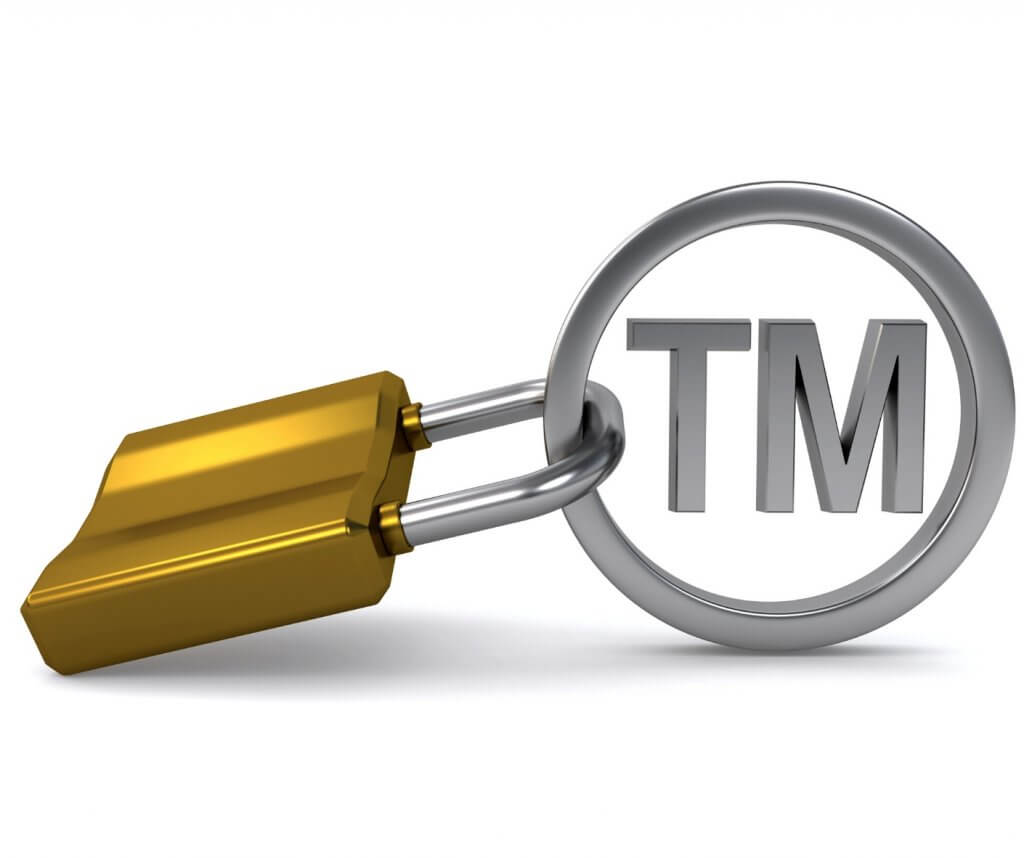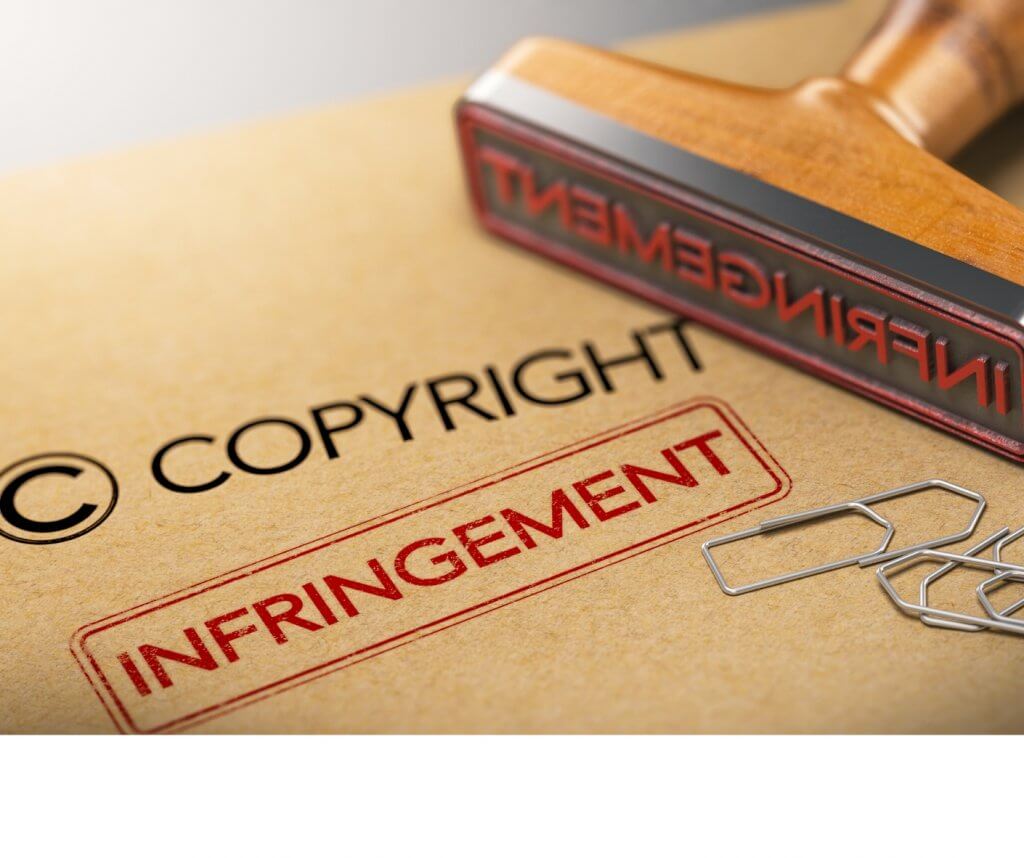
What bad luck! You’re being accused of I.P. theft on Amazon. So have many other sellers. And what better time to share some tough luck stories than Friday the 13th? Here are some of the most mind-boggling examples of copyright, patent, and trademark infringement on Amazon.
Selling patented products on Amazon isn’t easy. Even if you’ve registered your patent or brand, you’re still exposed to copycats and fraudsters. At SellerEngine, we keep our ear to the ground. So, we know the risks of selling patented products on Amazon.
As a follow-up to our post on How to Handle I.P. Infringement Issues, let’s look at some of the tactics used by dishonest sellers against their competitors. We’ll look at the most common types of I.P. theft on Amazon, and the unfounded claims that follow.
Patent Infringement Tactics
There are two sides to every story. And this one-sided version of events was drawing a lot of attention on the seller forums last year. According to one seller, a competitor was relentlessly reporting them for patent infringement on a PL product. So, they got a lawyer – we use the term very loosely – to reinstate the listing over and over again.

Meanwhile, our client was desperately trying to protect their design patent from this seller. Abuse claims and complaints of I.P. theft on Amazon were piling up. The “lawyer” refused to cooperate. They demanded a written statement from our client’s lawyer as proof of I.P. ownership.
That demand is nothing but a decoy. I.P. ownership is not something lawyers can flex their muscle over. You either have valid federal registration for your patent, or you don’t. Patents can be looked up on the official website for the USPTO (USA), EUIPO (Europe), or other relevant patent registration office.
After much back and forth and many canned responses from Seller PerformanceA measure of how well Amazon sellers are… More, we realized we were getting nowhere. It took escalating the matter to settle it once and for all. But it just goes to show that selling patented products on Amazon isn’t easy. Any seller can pull the rug out from a patent owner.
Trademark Infringement Tactics
It’s one thing to have your patent ignored, probed, or stolen. It’s another to have a seller that claims to have trademarked your product. That’s right; even though you designed the product, manufactured and branded it, a seller can still pop out of nowhere with a trademark of their own.

It’s not unheard of for dishonest sellers to do this. They manage to register their trademark and then take advantage of a loophole to get it on the Brand RegistryAmazon Brand Registry is a tool that ena… More. Once there, they accuse the real brand owner of trademark infringement on Amazon and get them kicked off.
But some don’t even bother to go to those lengths. Some submit a false claim using the online form and a fake email address. You’ll find countless examples on seller forums. Unfortunately, the burden of proof lies with you, especially if you’re not the manufacturer. And even if the claimant is a spammer!
If it’s not your product, you need the manufacturer to back you up. They may need to write to Amazon on your behalf, quoting the claim number and the ASIN. If you are the manufacturer or an authorized reseller, you should clarify this in your response, and show the USPTO entry for your trademark.
Copyright Infringement Tactics
Some sellers would go to great lengths to get rid of their competitors. Making unfounded copyright infringement claims? Don’t put it past them. Some go so far as to steal your product image and accuse you of doing just that. Unfortunately, the only piece of advice available on the official Intellectual Property Policy page is to file a counter-notice.

This is an official letter outlining your terms under the Digital Millennium Copyright Act (DMCA). In it, you declare the claim baseless and give the claimant a few days to decide if they’ll take you to court. To some it’s an ultimatum. To others, a cheeky dare. Crucially, Amazon can only act as a messenger in this seller scuffle.
In the letter, remember to state that Amazon must reinstate your listing if the complaint is withdrawn or not acted upon before a specific time. Look for an email from the Seller PerformanceA measure of how well Amazon sellers are… More Team saying the listing was reinstated. If the listing is inactive, Amazon may need some more persuading.
There are several templates for these documents available on the seller forums. There’s a copyright counter-notice template here. And there’s also a standard reply to trademark infringement on Amazon, courtesy of another seasoned seller.
That’s a wrap for today, but we promise to return to the topic of I.P. theft on Amazon soon. Until then, our advice is to be cautious. Whether you’re selling your own patented products on Amazon or not, use clever software tools like Sellery. It can help you optimize your listings and prevent copyright and trademark infringement on Amazon.
And if you get in trouble, don’t console yourself with the idea that it’s just bad luck. We’ve helped countless Amazon sellers with our Rescue, Reinstatement, and Coaching Services. There’s no reason we can’t help you too.
Disclaimer: This blog post should serve as reference only. The testimonies and stories above constitute anecdotal evidence and should be treated as such. The outcome of these cases has not been revealed in every instance, and all parties involved should be given the benefit of the doubt.

Melanie takes an active interest in all things Amazon. She keeps an eye on the latest developments and keeps Amazon sellers up to speed.





2 Responses
Amazon permanent help my money because sold over counter pet phamacy (Heartgard Plus).
Can you help me ?
Hello,
We may be able to help, yes. We’d need to learn more about the situation. Could you send us an email at services@sellerengine.com so we can discuss your options?